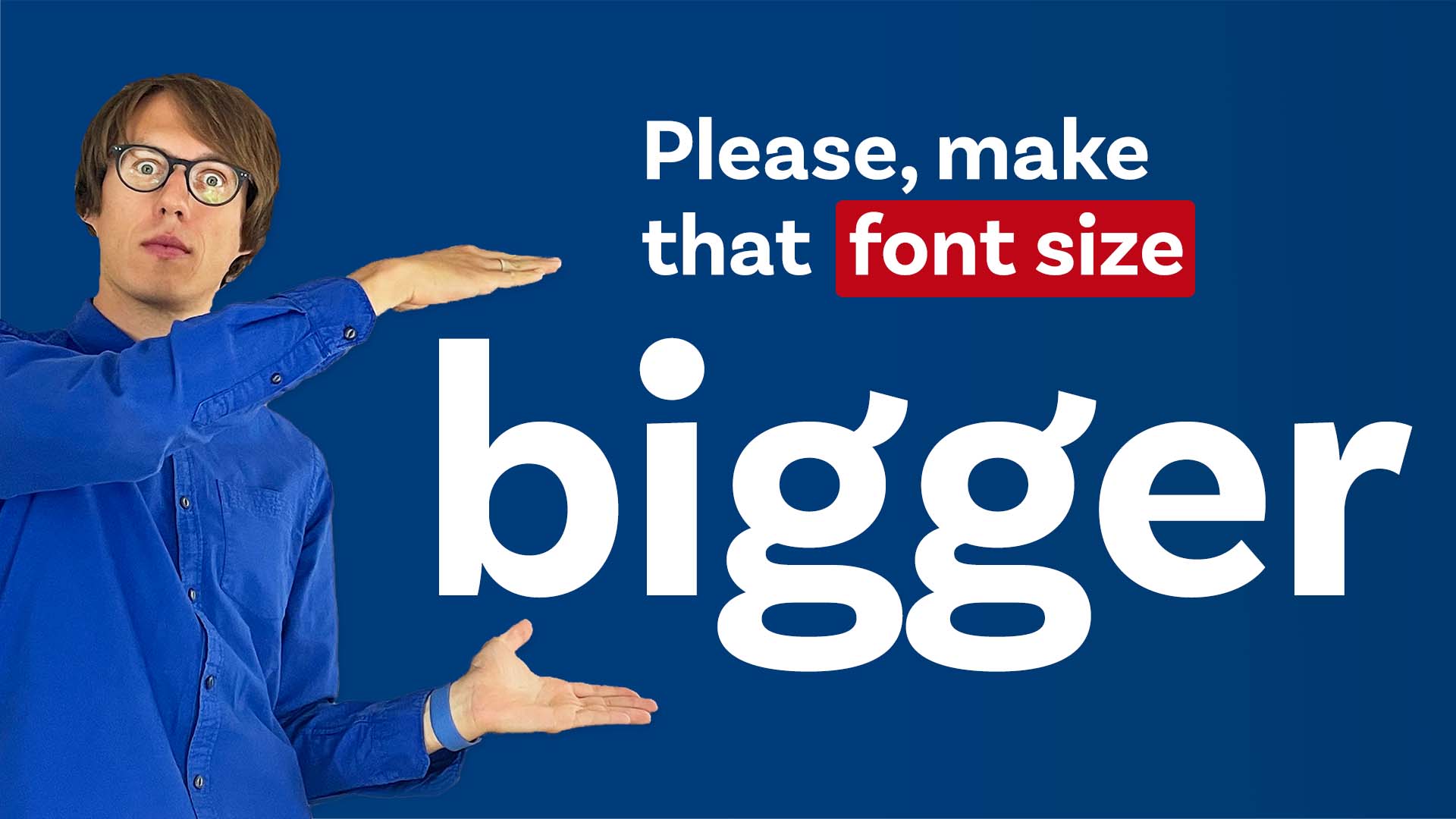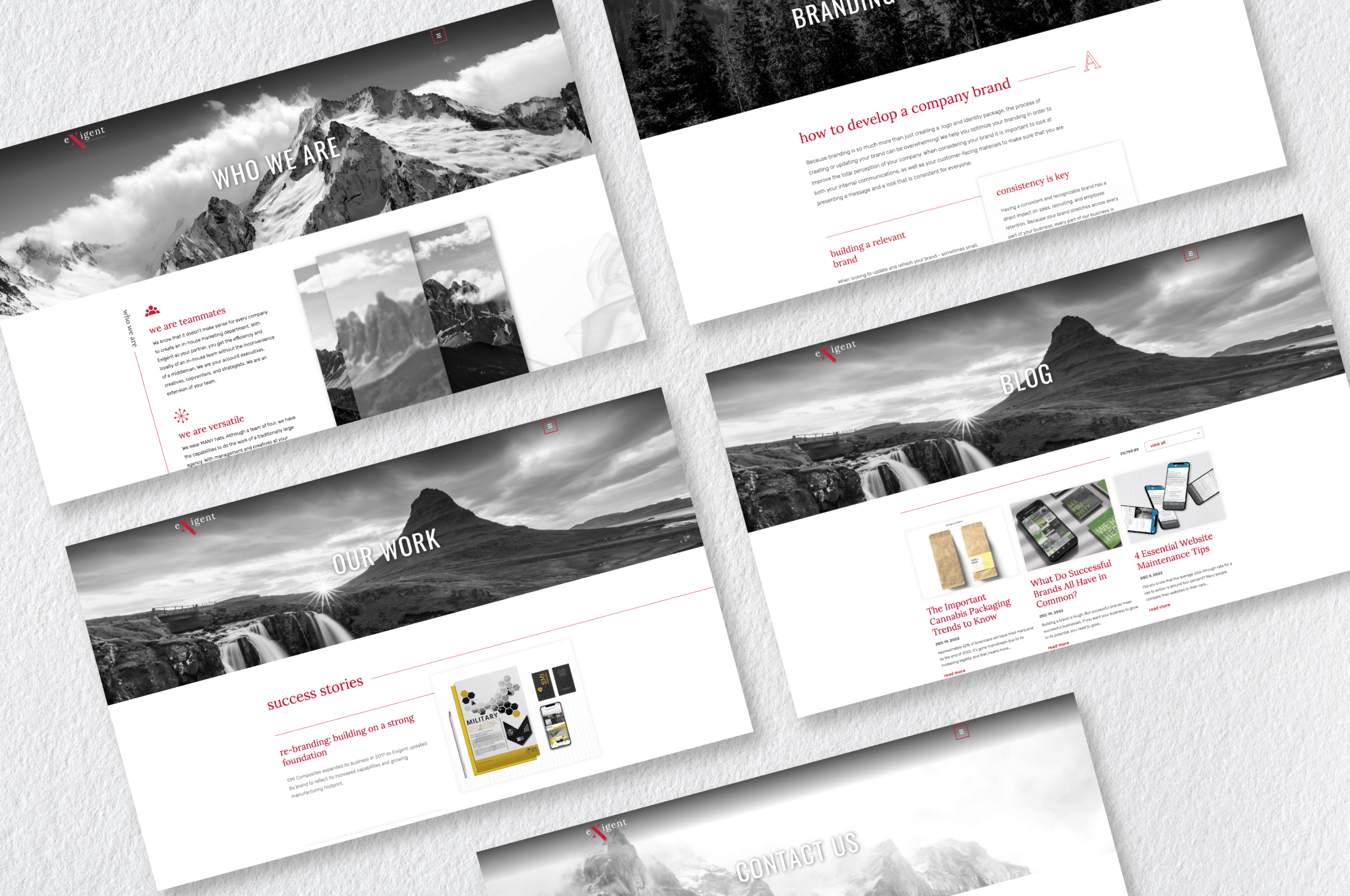Beyond Clicks: Delving into the Psychology of Website Users
The Power of First Impressions

It is the initial impressions that people have of a website that play a significant influence in determining whether or not they will continue to visit that website. According to this phenomena, which is referred to as the “mere exposure effect,” individuals have a tendency to develop a preference for things that they are already familiar with. Websites that are visually beautiful and easy to use have a greater chance of capturing the attention of users and encouraging them to continue exploring the corresponding website. Beyond Clicks: Delving into the Psychology of Website Users
Visual Design and User Experience
There is a great potential for the visual design of a website to influence the perceptions and actions of its users. The overall user experience is influenced by a variety of factors, including the color scheme, layout, typography, illustrations, and graphics. For instance, a design that is uncluttered and uncluttered can indicate professionalism and reliability, yet colors that are colorful can generate excitement or creativity.
Furthermore, the positioning and prominence of particular elements, like as navigation menus and calls to action, might have an effect on the browsing patterns of visitors. Websites that place an emphasis on user-centric design concepts, such as simplicity, consistency, and intuitiveness, are more likely to attract visitors and encourage them to return for further content.
The Role of Cognitive Biases
When it comes to making decisions, humans are frequently influenced by cognitive biases, which can be defined as regular patterns of divergence from rationality. People have the potential to demonstrate a variety of biases when interacting with websites, which can have an effect on their perceptions and behaviors. When website designers have a greater understanding of these biases, they are better able to optimize their platforms to better meet the requirements and preferences of consumers.

Confirmation Bias and Information Processing
The term “confirmation bias” refers to the tendency to search for, analyze, and recall information in a manner that confirms one’s preexisting views or hypotheses without fully understanding the material. On the internet, individuals may look for information that supports their own beliefs or expectations, while simultaneously disregarding evidence that contradicts those beliefs or expectations. It is possible for designers to take advantage of this bias by presenting information in a manner that confirms the preferences or choices of users, which will ultimately result in increased engagement and conversion rates.
Loss Aversion and Risk Perception
Loss aversion refers to the habit of favoring the avoidance of losses over the acquisition of benefits that are similar. When it comes to making decisions on websites, consumers may be more sensitive to the possibility of losses, such as spending time or money, than they are towards the possibility of rewards. This bias can be mitigated by designers by putting an emphasis on the benefits of their products or services while simultaneously lowering the hazards that are perceived. It is possible to soothe the anxieties of users and boost their readiness to participate with the website by providing guarantees, free trials, or money-back guarantees.
Emotional Engagement and Brand Loyalty
The feelings that users experience have a tremendous impact on the attitudes and actions that they exhibit in relation to websites and companies. On the other hand, bad emotional experiences can lead to discontent and disengagement, whilst positive emotional experiences can develop a sense of connection and loyalty. Through the process of designing websites that elicit the appropriate feelings, it is possible to establish solid relationships with users and cultivate brand loyalty over time.
The Importance of Emotional Design
The creation of experiences that strike a chord with users on an emotional level is the primary goal of design that is emotional. Designers have the ability to evoke particular feelings that are congruent with the identity and values of their brand by adding components like as storytelling, photography, and interactive features. A website that sells environmentally friendly products, for instance, can employ images of nature and sustainability in order to elicit feelings of concern and responsibility in its visitors.
Building Trust and Credibility

When it comes to cultivating long-term connections with users, trust is absolutely necessary. Customers have a greater likelihood of being attracted to and becoming loyal to websites that are considered as trustworthy. Designers can increase their credibility by displaying customer testimonials and reviews, offering transparent information about their products or services, and ensuring that payment processing is done in a secure manner. The use of design principles that are already familiar to consumers and the avoidance of excessive advertising are two more ways to assist users feel more confident. https://diversewebsitedesign.com.au/insurance-agency-website-design/
Conclusion
In this day and age, it is absolutely necessary to have a solid understanding of the psychology of website visitors in order to develop online experiences that are both engaging and productive. First impressions, cognitive biases, emotional involvement, and trustworthiness are some of the variables that designers can take into consideration while optimizing their websites in order to meet the requirements and expectations of individuals who use them. In the end, businesses have the ability to strengthen connections, cultivate brand loyalty, and drive success in the highly competitive online world by digging beyond clicks and into the thoughts of people.




